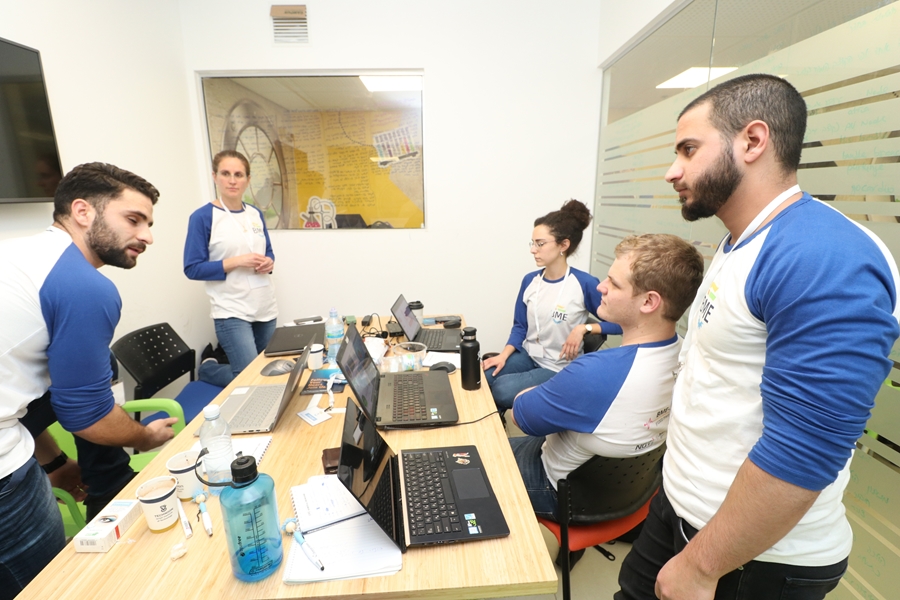Application

The Challenges
General guidelines for challenge presentation
The challenge must address a critical need in the medical field, focusing on innovative solutions that span the continuum from emergency care to recovery. This may include improving medical treatments, preventing diseases and their complications, diagnosing or predicting medical conditions, enhancing medical-related processes, managing diseases, enabling remote monitoring, or advancing public health initiatives.
Efforts should be made to ensure that no existing solutions adequately address the challenge, based on publicly available information. Additionally, consulting a medical professional to validate the relevance and urgency of the challenge is highly recommended.
The challenge and proposed solution must not stem from any pre-existing or ongoing work within an organized framework (e.g., engineering projects, advanced academic programs, or other hackathons).
Challenge Example: Neck Protection for Soldiers
Background:
Neck injuries are a significant concern for soldiers in combat zones. The neck is a vulnerable area, susceptible to ballistic, blast, and impact injuries during military operations. Existing protective gear often focuses on helmets and body armor but provides limited protection for the neck. Furthermore, excessive weight and restricted mobility can reduce the effectiveness of current solutions.
Current solutions:
Current neck protection options include lightweight collars or neck guards made of ballistic-resistant materials. These are often used in conjunction with helmets and body armor. However, they primarily offer protection against shrapnel or small-caliber bullets and do not address blunt force trauma or dynamic threats, such as blast waves or high-velocity impacts.
Major drawbacks:
Many existing neck protection systems are bulky, reduce mobility, and do not provide comprehensive protection against diverse threats. They often lack adaptability to different combat scenarios, and their discomfort may discourage regular use.
The need:
An adaptive neck protection system that offers dynamic and ergonomic protection. Such a system could protect soldiers from ballistic, blast, and blunt force injuries while maintaining operational efficiency and comfort in combat situations.
References:
